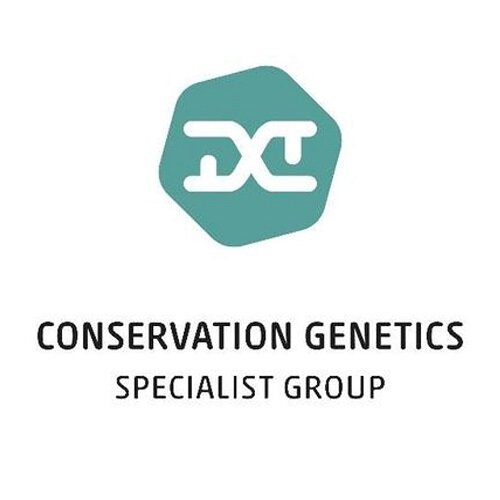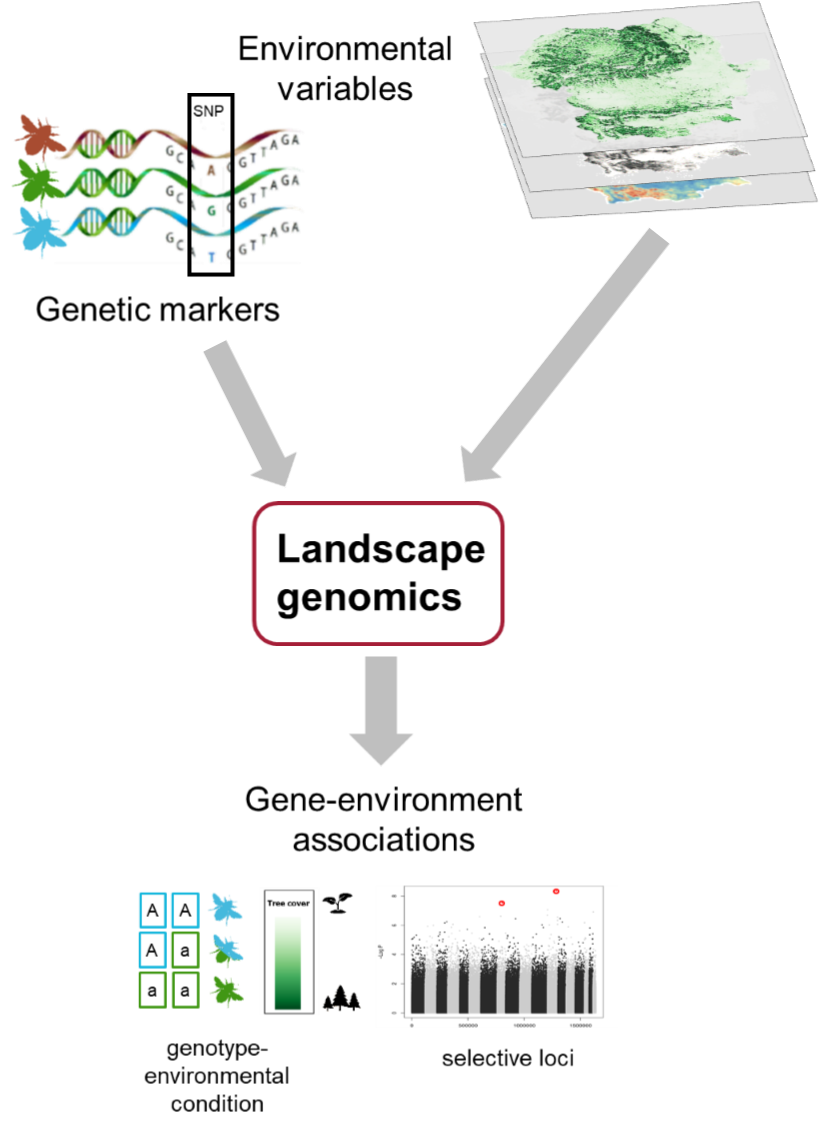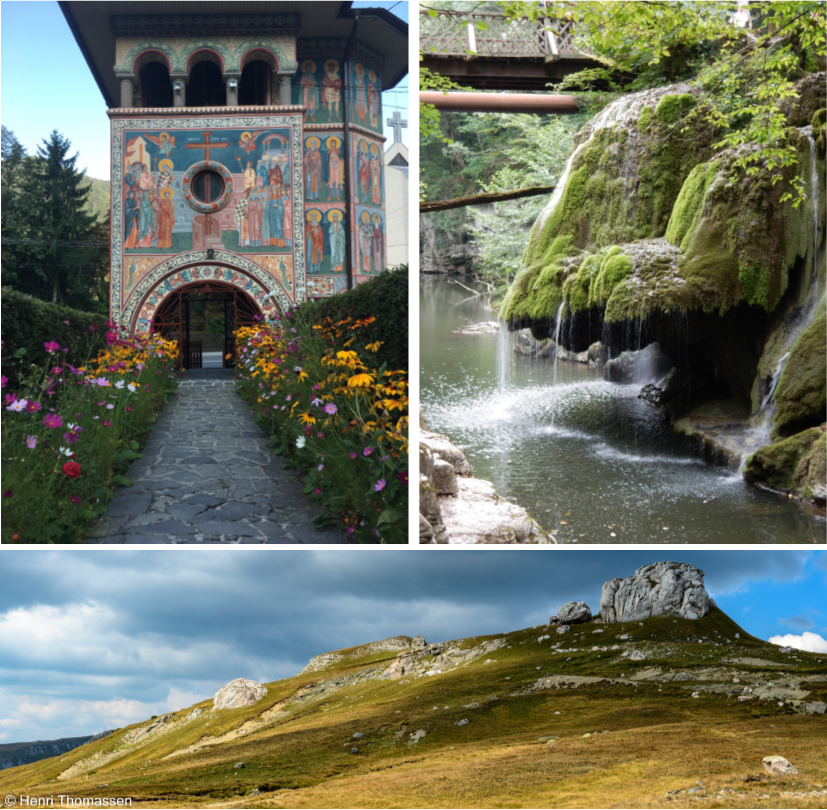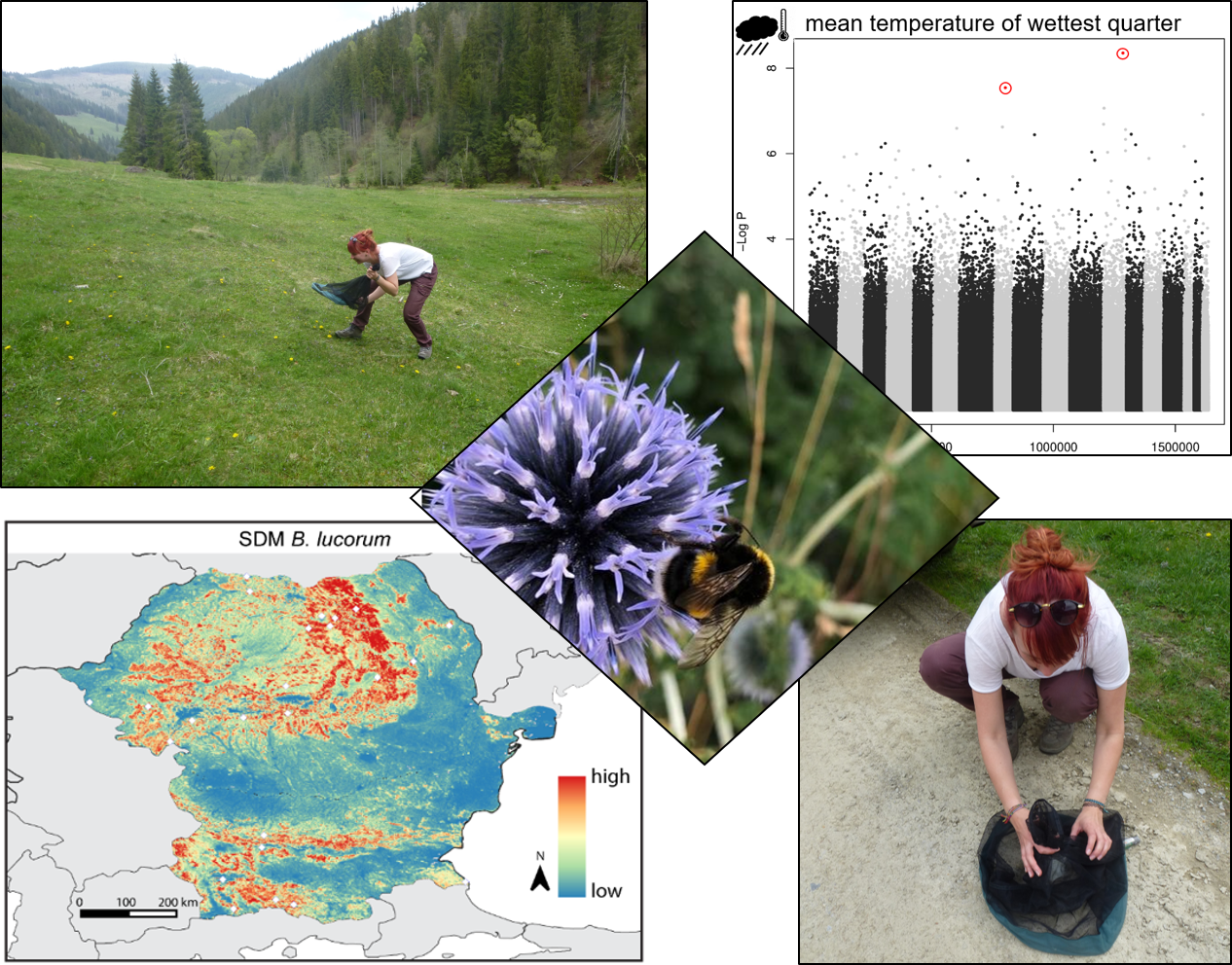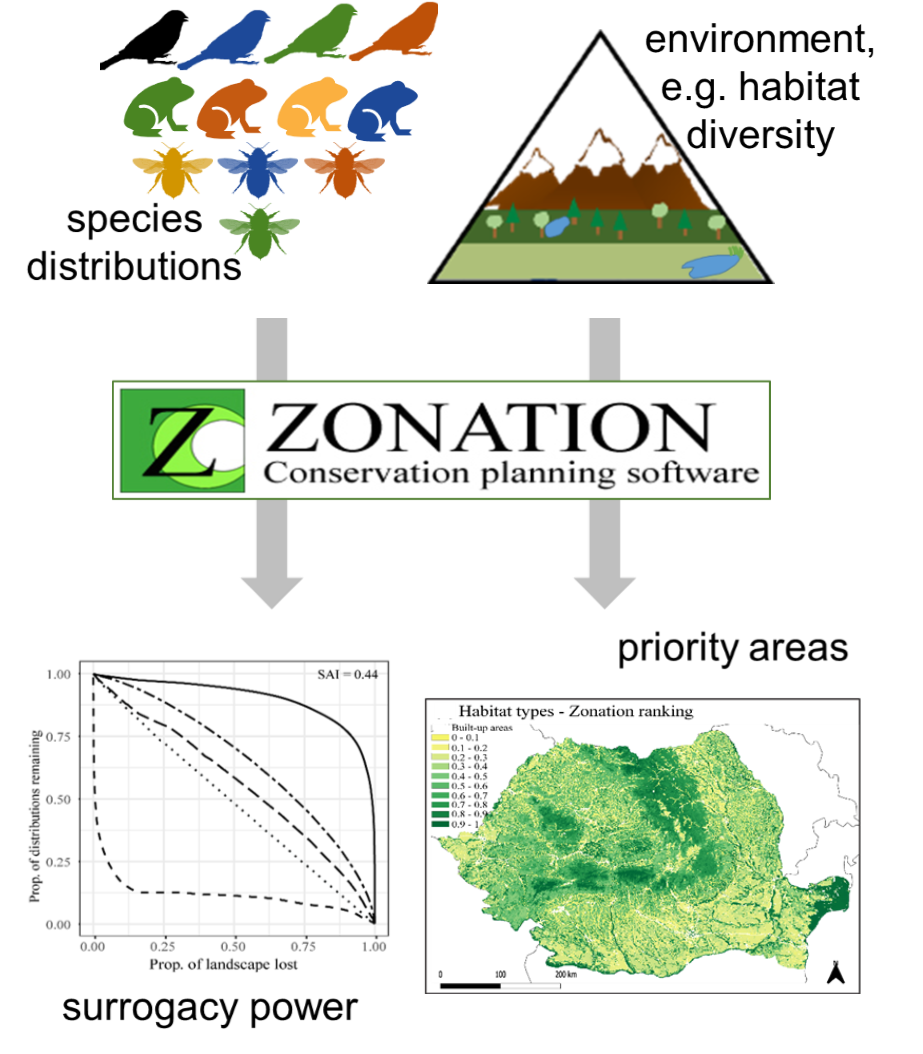Publications
Peer Reviewed
most updated list on google scholar
5) H.Hinneberg, T. Bamann, J.C. Geue, K. Foerster, A. Kupfer, H. A. Thomassen (2022). Truly invasive or simply non-native? Insights from an artificial crested newt hybrid zone. Conservation Science and Practice; DOI:10.1111/csp2.12752
4) J.C. Geue, P.J. Rotter, C. Gross, Z. Benkő, I. Kovács, C. Fântână, J. Veres-Szászka,C. Domșa, E. Baltag, S.J. Daróczi, G.M. Bóné, V.D. Popescu, H.A. Thomassen (2022). Limited reciprocal surrogacy of bird and habitat diversity and inconsistencies in their representation in Romanian protected areas. PLOS ONE; DOI:10.1371/journal.pone.0251950
3) M.Glück, J.C. Geue, H.A. Thomassen (2022). Environmental differences explain subtle yet detectable genetic structure in a widespread pollinator. BMC Ecology; DOI: 10.1186/s12862-022-01963-5
2) J.C. Geue and H.A. Thomassen (2020). Unravelling the habitat preferences of two closely related bumble bee species in Eastern Europe. Ecology and Evolution; DOI:10.1002/ece3.6232
1) J.C. Geue, C.I. Vágási, M. Schweizer, P.L. Pap, H.A. Thomassen (2016). Environmental selection is a main driver of divergence in house sparrows Passer domesticus in Romania and Bulgaria. Ecology and Evolution; DOI:10.1002/ece3.2509
Outreach
1) J.C. Geue and H.A. Thomassen (2021). Biodiversität: Mehr als nur
Artenvielfalt. IDM-Themenhefts Info Europa; PDF(in german)
